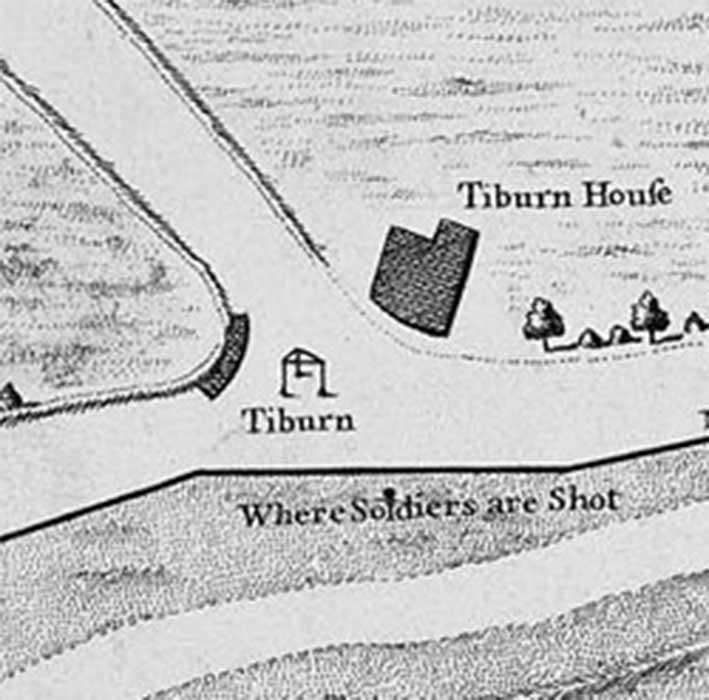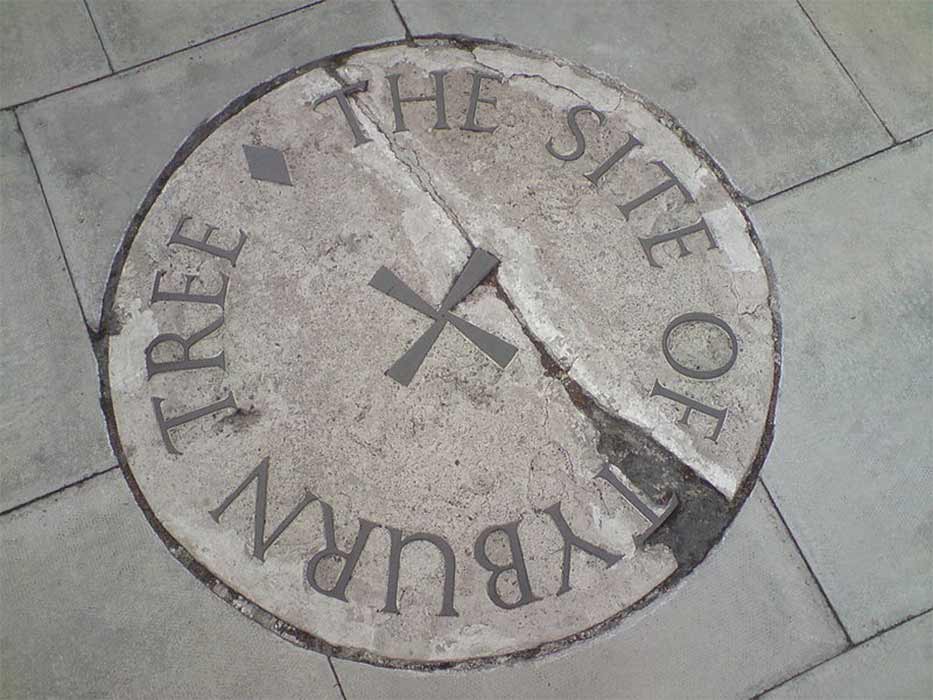
18th Century Post-Mortem Punishment: Gibbets ‘Hanging In Chains’ In England
The curious English have a predilection for heaping abuse upon the corpses of the unfortunate dead, including a cruel and unusual punishment the bodies of executed murderers were subject to in the 18th century, namely hanging in chains. The setting is the period running from the early years of the 18th century through to the early 19th century when English criminal law was subject to the ‘Bloody Code’. This was when there were over 220 offences for which the punishment was the death sentence – crimes which by modern standards – such as damaging the banks of canal or impersonating a Chelsea Pensioner – would be rated minor misdemeanors, punishable only by fines or the briefest of prison sentences.

Hanging cage at the main gate to Corciano, Province of Perugia, Italy (Fradeve11/ CC BY-SA 3.0)
Murder Act 1752
There was still however a very real concern among the governing classes, people who put the protection of their property far above the lives of the masses, that the punishments being dealt out did not have a sufficient deterrent force. This was summed up in the words of an anonymous pamphlet published in 1701. Entitled Hanging Not Punishment Enough, the writer said: “I have observed… that tho’ there have been very frequent Convictions, and Executions… yet still… new ones rise in their places and their number seems not in the least diminished and this has often tempted me to think that there is still defect in our Laws.”
In response to this perceived crime wave and, coincidentally, a shortage of dead bodies available to surgeons and medical schools to practice anatomy and dissection, the English Parliament in 1751 enacted the Murder Act (often referred to as the Murder Act 1752) designed for the “better preventing the horrid crime of murder” because it was felt “necessary some further terror and peculiar mark of infamy be added to the punishment of death.”
The Act went on to say that “in no case whatsoever shall the body of any murderer be suffered to be buried” but instead the murderer was to be subject to either public dissection or “hanging in chains”. Welcome to the Georgian world of post-mortem punishment!
- Staked Through the Heart and Buried at the Crossroads – The Profane Burial of Suicides
- Horrific Prolonged Capital Punishments in Ancient Times
- The Controversy Surrounding Witches’ Familiars and Religious Judgement
A gibbet with a dummy inside (Flominator/ CC BY-SA 3.0)
Hanging In Chains
Dissection needs no explanation but what about ‘hanging in chains’, a term which today is still regularly misunderstood and misdescribed both online and in books. Once convicted of murder, the prisoner would be taken to a place of execution and hanged by the neck until dead. If they were lucky, their neck would be snapped and death would be almost instantaneous – if they were unlucky, the rope would strangle them and choke them to death over a period of 30 minutes – in London this was known as ‘dancing the Tyburn jig’. Sometimes their friends would intervene to shorten the process by pulling on their legs as they dangled from the gallows. It was not just the criminal code that was bloody in those days!







